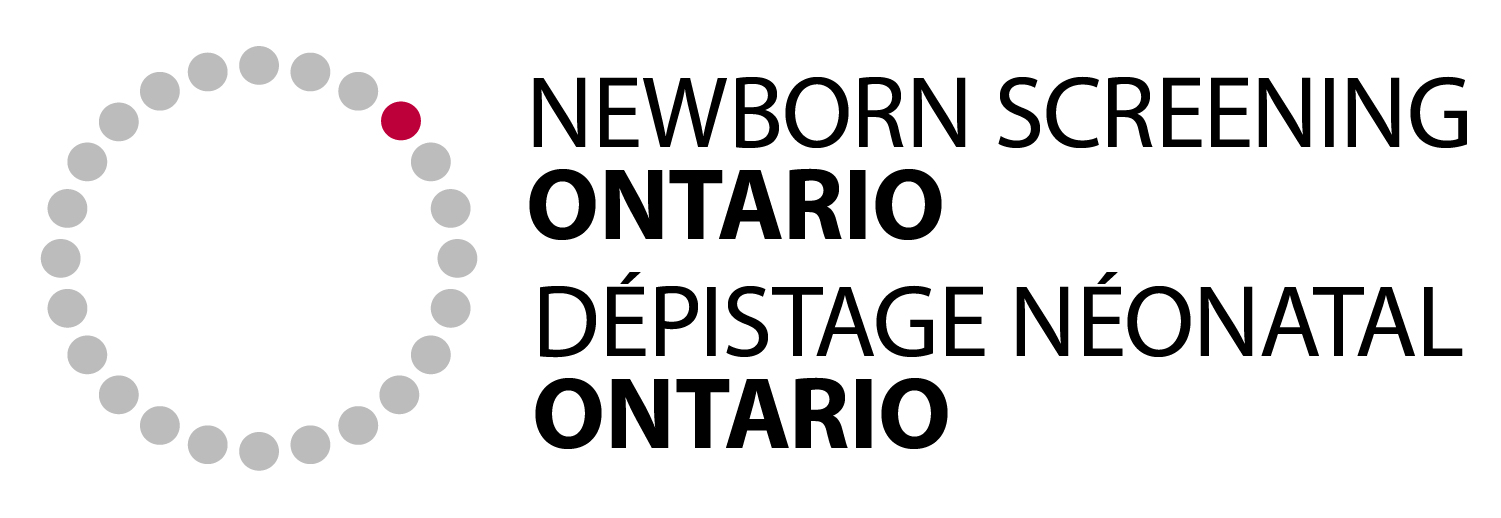Types of Screening

Dried Blood Spot (DBS)
- The dried blood spot sample is obtained using a heel-prick, where a small amount of blood is collected from all babies shortly after birth. In Ontario, this blood is sent to Newborn Screening Ontario (NSO) where it is tested for serious diseases. With these diseases, early detection is the key to effective treatment.

Critical Congenital Heart Disease (CCHD)
- Screening for CCHD is also offered to babies in Ontario. This is a quick and painless test called pulse oximetry that measures the level of oxygen in a baby’s blood. This test is done at the bedside and results are available right away.

Permanent Hearing Loss (PHL)
- The Infant Hearing Program provides hearing screening in Ontario. This is performed by measuring the ear or brain’s response to soft sounds played in a baby’s ear and may use small stickers on the baby’s head.
- NSO screens for risk factors for PHL using the dried blood spot sample collected for routine newborn screening. These include congenital cytomegalovirus and common variants in some hearing loss genes (i.e. GJB2/6 and SLC26A4).

Biliary Atresia (BA)
- Pale-coloured poop is often an early sign of a liver disease called biliary atresia. Parents/guardians screen for biliary atresia by monitoring their baby’s poop during the first month of life.
Contact Us
Children’s Hospital of Eastern Ontario
415 Smyth Road
Ottawa, Ontario K1H 8M8
Toll-Free: 1-877-627-8330
Local: (613) 738-3222
Fax: (613) 738-0853
